Business in Trinidad and Tobago

Foreign Trade and Business in Trinidad and Tobago - Port of Spain. Trinidadian and Tobagonian Economy
- Introduction to Trinidad and Tobago
- Business in Port of Spain
- Trinidadian and Tobagonian Economy
- Trinidadian and Tobagonian Foreign Trade
- Business Opportunities in Trinidad and Tobago
- Access to the Trinidadian and Tobagonian Market
- Business Plan for Trinidad and Tobago
The objectives of the subject «Doing Business in Trinidad and Tobago» are the following:
- To analyze the Trinidadian and Tobagonian Economy and Global Trade
- To explore the Business Opportunities in Trinidad and Tobago
- To analyze the trade relations of Trinidad and Tobago with the country of the student
- To know the Trade Agreements of Trinidad and Tobago
- To develop a business plan for the Trinidadian and Tobagonian Market

The Subject «Foreign Trade and Business in Trinidad and Tobago» belongs to the following Online Programs taught by EENI Global Business School:
Masters: International Business, Foreign Trade.
Doctorate: American Business, World Trade.

Languages  (
( Trinidad y Tobago
Trinidad y Tobago
 Trinité-et-Tobago
Trinité-et-Tobago  Trinidad e Tobago).
Trinidad e Tobago).
Masters adapted for Caribbean students.
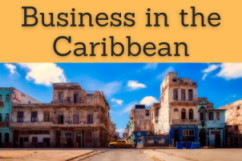
International Trade and Business in Trinidad and Tobago
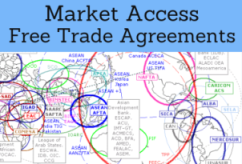
Preferential Access and Trade Agreements of Trinidad and Tobago:
- Trinidad and Tobago and the Caribbean Economic Area
- Association of Caribbean States
- CARICOM
- CARIFORUM-EU Agreement
- Colombia-CARICOM Agreement (Trinidad and Tobago)
- CARICOM-Dominican Republic Agreement
- Costa Rica-CARICOM Agreement (Trinidad and Tobago)
- UK-CARIFORUM Free Trade and Economic Integration Agreement
- Caribbean Basin Initiative
- The U.S.-Caribbean Basin Trade Partnership Act (CBTPA)
- Caribbean-Canada Trade Agreement
- Global System of Trade Preferences
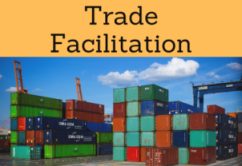
- WTO
- Agreement on Sanitary and Phytosanitary Measures
- GATS
- Agreement on Technical Barriers to Trade
- Agreement on Preshipment Inspection
- Agreement on Safeguards
- Trade Facilitation Agreement
- WCO
- BIC
- Chicago Convention (ICAO)
- IMO
- Customs Convention on Containers
- Hamburg Rules (Sea)

- CELAC
- OAS
- ECLAC
- Inter-American Development Bank
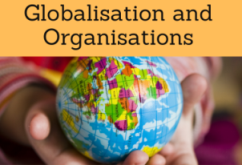
- UN
- WB
- WTO
- IMF
- Commonwealth
- ...
- Trinidadian and Tobagonian Capital: Port of Spain
- Most populous city: Chaguanas (Trinidad Island), 84,000 people
- Trinidad and Tobago does not share land borders with any country
- Nearest countries to Trinidad and Tobago by sea: Barbados, Venezuela, Guyana and Grenada
- Area of Trinidad and Tobago: 5.128 km²
- Population of Trinidad and Tobago: 1.380,000 inhabitants;
- Trinidadian and Tobagonian Population density : 255 inhabitants / km²
- 40% of the population has an African origin
- Municipalities: Arima, Chaguanas, Point Fortin, Port of Spain, San Fernando
- Corporate regions: Couva-Tabaquite-Talparo, Diego Martín, Penal-Debe, Princes Town, Claro-Mayaro River, San Juan-Laventille, Sangre Grande, Siparia, Tunapuna-Piarco
- The official languages of Trinidad and Tobago are Spanish (since 2020) and English
- Spanish is increasingly used
- Abolition of Slavery in Trinidad and Tobago: 1834
- Climate of Trinidad and Tobago: tropical
- Trinidad and Tobago is far from the Atlantic hurricane area
- Main rivers: Ortoire and Caroni
- 1498: discovery by the Spanish (Tierra of the Santísima Trinidad=Land of the Holy Trinity)
- 1802: British colonization
- Type of government: Parliamentary Republic
- Official name: Republic of Trinidad and Tobago
- Trinidad and Tobago became independent from the UK in 1962
Main religion in Trinidad and Tobago: Christianity Protestantism.
- Anglicans (40% of the population)

Trinidad and Tobago belongs to the Caribbean Economic Area.
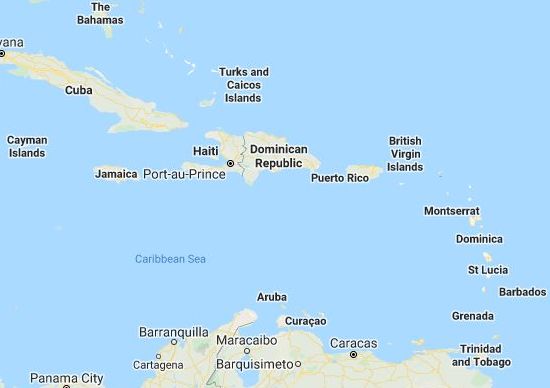
Trinidadian and Tobagonian Economy.
- Trinidadian and Tobagonian GDP: 44,654 million dollars
- Trinidad and Tobago has the third highest GDP per capita (measured by purchasing power parity) in America (after the U.S. and Canada)
- World Bank ranking: high-income Economy
- GDP per capita of Trinidad and Tobago: 32,530 Dollars
- The main natural resources are: oil, natural gas and bauxite
- Oil and gas represent 40% of the GDP and 80% of exports, but only generate 5% of total employment
- Trinidad and Tobago's main economic activities are: services, tourism, industry (refinery and petrochemical) and agriculture
- The main crops are sugar cane, honey, rum, cocoa, grains, citrus and coffee
- Trinidad and Tobago is an important financial centre of the Caribbean
- Trinidadian and Tobagonian Currency: Trinidad and Tobago dollar (TTD)
- Country code top-level domain of Trinidad and Tobago: .tt
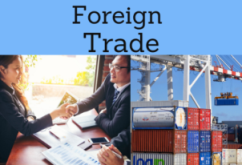
Trinidadian and Tobagonian Foreign Trade
- Main Exports of Trinidad and Tobago: sugar, manufactured products and chemicals, molasses, rum, electrical components
- Main export markets of Trinidad and Tobago: France, the U.S., Spain, Saint Lucia, Saint Vincent and the Grenadines, Venezuela, Antigua and Barbuda, Saint Kitts and Nevis
- Main imports of Trinidad and Tobago: oil, machinery, consumer goods, food, building materials, chemicals, electrical components
- Largest providers of Trinidad and Tobago: Russia, Japan, the U.S., China and the UK
- Main port: Port of Spain
(c) EENI Global Business School (1995-2024)
We do not use cookies
Top of this page


